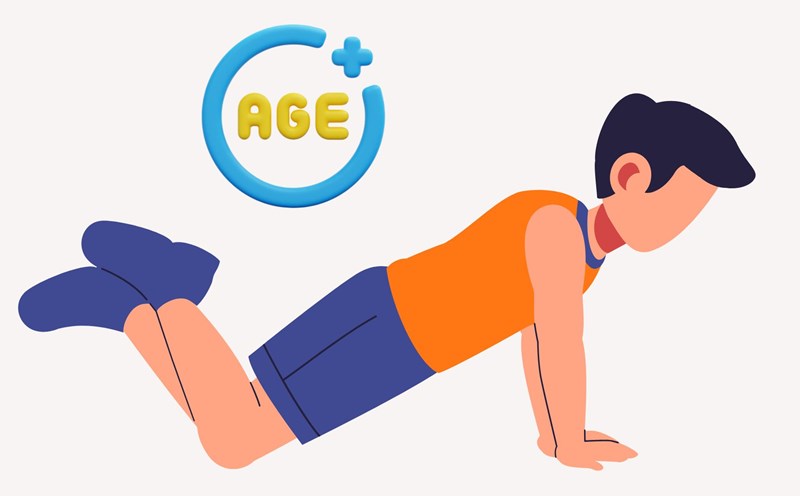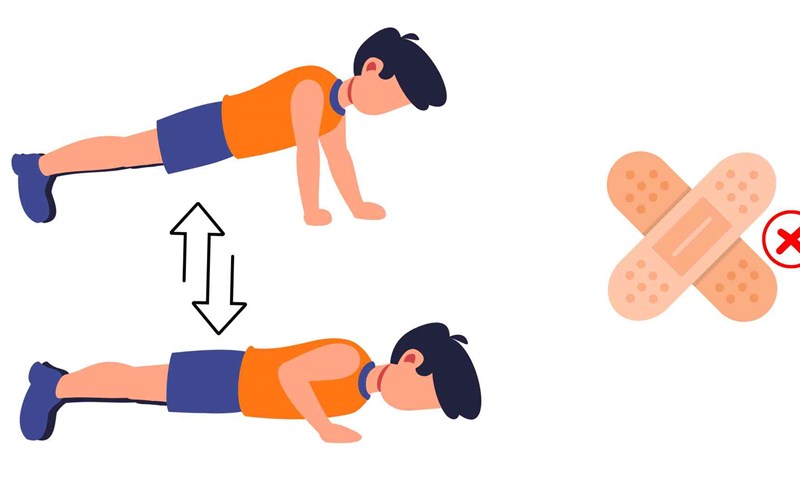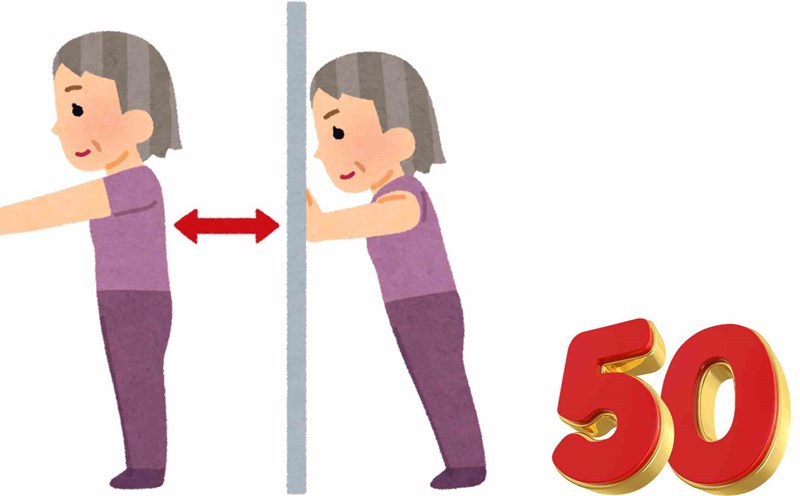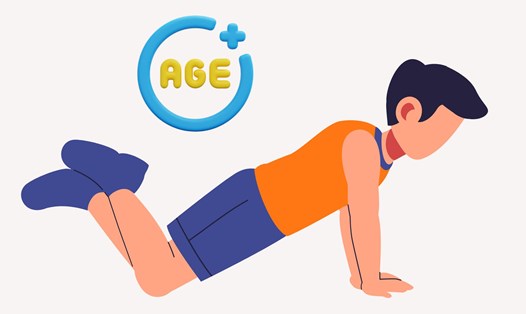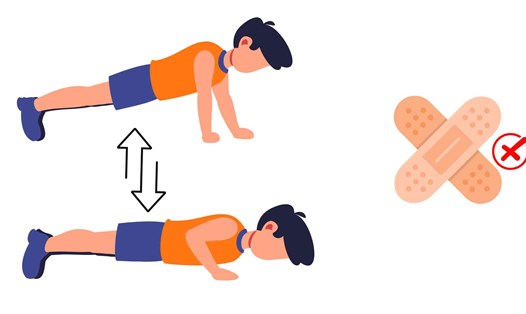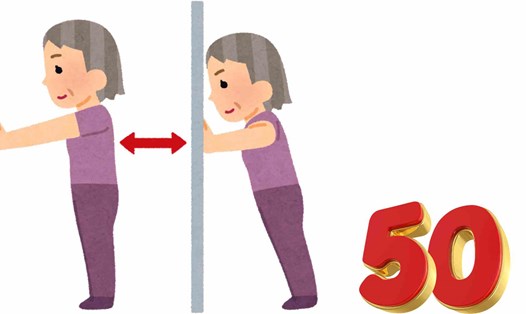Push-ups are not only a test of arm strength but also reflect how the body operates, stays and coordinates under pressure. After the age of 55, upper body endurance often declines first, so this movement becomes a measure of functional strength. The exercise also challenges the chest, shoulders, threads and core muscles to accurately assess the body's overall control and mobility.
Age naturally changes muscle mass and endurance, but push-ups are still a test of strength and resilience. Each repetition shows how effectively your muscles and body maintain posture when under pressure. The ability to do push-ups many times without losing posture shows the balance between strength, stability and endurance.
For people over 55 years old, this combination is a factor that helps maintain strength and confidence in daily activities. For men over 55 years old, performing 20-24 consecutive push-ups shows good physical strength and toned upper body; achieving 25 or more times proves impressive strength and endurance.
For women, completing 15 - 20 consecutive push-ups is a testament to their impressive muscle control and endurance, equivalent to younger people. However, the quality of the movements is more important than the quantity. Regular, technical push-ups will bring much higher efficiency than hasty, uncontrolled movements.
If you have not achieved the above figures, you do not need to worry too much. This is just the beginning of the physical training process. Gradually increasing the number of push-ups per week, even just a few more times, will significantly improve the strength and coordination between muscles and joints after a short time. Each push-up is a clear step forward on the journey to maintain sustainable fitness after the age of 55.

